Not a lot of time to read? Skim our Visual Storybook
The 1976 movie All the President’s Men revealed a lot about national politics and it popularized the catchphrase, “follow the money.” In government and politics, good policy (and bad) is only as strong as the money behind it. You need money to get something to become policy, and you need money to get that policy implemented. And in local government, the most important policy is the budget. Not many people see the budget as a “policy,” but it is in fact the most important vote the LA City Council takes every year. Without it, none of the other policies work (you can’t do anything without the funds to do it!).
At Investing in Place, we are focused on making the entire City’s public right-of-way infrastructure useful for every Angeleno. This encompasses everything that’s not private property, including sidewalks, roadways, street trees, bus shelters, street lighting, public bathrooms, bus-only lanes, bike lanes, access ramps, and a list of countless other investments that are intended to make our city move.
Our work has always been focused on equity in public infrastructure, so we spend a lot of effort researching budgets to understand how city funds – tax dollars – are spent. And given the way LA City organizes its budgets (by department and bureaus), we often find ourselves at a deadend. The complete picture never comes into focus because in the current LA City process, no one has a complete picture, even if they try to see it.
Let us show you what we see, and how we’ve pieced it together as we tried to follow the nearly $1 billion in funding just for public infrastructure.
In this post, we’ll:
- Introduce the main players in LA City budgets
- Tell you how much money we’re dealing with, where it comes from, what it covers
- Give an overview of LA’s annual budget process, with a focus on public works and transportation funding
- Offer next steps on how make this process more effective in improving the public right-of-way
Meet the Players
There are at least 19 different sets of players involved in directing investments, programs, and construction of the City’s public right-of-way.
- The Mayor’s office
- The City Council
- The Chief Administrative Officer (CAO)
- The Chief Legislative Analyst (CLA)
- The Board of Public Works
- Bureau of Engineering (Department of Public Works)
- Bureau of Contract Administration (Department of Public Works)
- Bureau of Sanitation (Department of Public Works)
- Bureau of Street Lighting (Department of Public Works)
- Bureau of Street Services (Department of Public Works)
- Department of Transportation
- Department of Water and Power
- Department of Building and Safety (LADBS)
- Department of General Services
- City Planning
- LAPD
- LAFD
Not in City agencies, but still significant players:
- Metro
- Private Development (including community and nonprofit organizations)
All of these players (minus 18 & 19) are dotted all throughout the City’s organizational chart, have different managerial structures, and only communicate with each other when it’s necessary.
The one policy document that rules them all is the City budget, our most important policy document. As we dive into how that document is created, remember what the City does with its $11 billion+ annual budget.
- Police
- Fire and paramedics
- Residential refuse collection and disposal
- Wastewater collection and treatment
- Street maintenance and other public works functions
- Enforcement of ordinances and statutes related to building safety
- Public libraries
- Recreation and parks
- Community development
- Housing
- Aging services
- Planning
- Airports and the harbor
- Power and water services
- The convention center
That $11 Billion+ Budget
So, how does the City divide its massive budget across its core services? The Fiscal Year from July 2022- June 2023 (FY23) LA City Adopted Budget totals to just under $11.8 billion dollars, divided up as follows:
-
- $7.5 billion in the General Fund
- General fund money is unrestricted – meaning it can be spent on any of the City’s priorities. Nearly two-thirds (63%) of the total budget is made up of the General Fund.
- $4.3 billion in Special Funds
- $7.5 billion in the General Fund
- Special Funds are restricted – they are designated to fund specific projects, programs, or priorities.
The General Fund derives its revenues from:
- Taxes
- Licenses
- Permits
- Fees
- Fines
- Intergovernmental revenues
- Charges for services
- Special assessments
- Interest incomes
Note: there are departments that have control of their own revenues and special funds:
-
- Airports
- City Employees Retirement System
- Harbor
- Library
- Pensions (Fire and Police)
- Recreation and Parks
- Water and Power
Funding for Streets, Sidewalks, and the Public Right-of-Way comes from Special Funds
The City has more than 600 Special Funds. Those are funding sources that flow to the City every year. Some are funds that are provided to every city in the state or the county, while others are generated solely in the City of Los Angeles. Special Funds always come with specific restrictions and uses, which is what makes them special. For instance, Los Angeles County’s four transportation sales taxes (Prop A, Prop C, Measure R, and Measure M) make up a significant portion of the City’s investments happening in the streets and sidewalks. These four countywide transportation sales taxes flow by formula every year to the City and are quite reliable, as we saw through the past several years of COVID, when sales tax-based transportation funds remained relatively consistent while other funds declined.
PROCESS: How the City of Los Angeles Drafts its Annual $11 Billion Budget
The City’s fiscal year is from July 1 through June 30. However, as soon as the annual budget is adopted, the process for the next year’s budget begins.

It starts with a letter from the Mayor in mid-September that defines City objectives for the next fiscal year.
The Mayor’s letter guides City departments, bureaus, and other offices in preparing their annual budget requests. The City’s Charter (which is a local government’s constitution) requires that departments submit budget requests to the Mayor by January 1. In practice, to ensure this deadline is met, all City departments must submit their budget requests to the Mayor by the end of November.
This first six months of the budget process is opaque at best and leaves us with questions:
- Who decides each department’s priorities and how?
- Do priorities build on existing departmental plans and initiatives?
- How do departments consult the public at this stage?
Then starting in December, in conjunction with analysis by the Office of the City Administrative Officer (CAO) and each General Manager, the Mayor’s office reviews the budget requests of every City department, bureau, and office. There are more than 40 budget requests from departments and bureaus. Each department has its own process, and each budget request report varies in the format on how they are submitted. There is no template, and some reports are known to be as long as 700 pages!
The Mayor’s budget team then reviews these requests in consultation with departments, with primary guidance from the CAO. While that is happening, the Mayor’s team develops revenue projections with the assistance of the Office of Finance, the CAO, and the Controller, in order to match the budget requests with projected revenue.
In mid-March the Neighborhood Council Budget Advocates (two representatives from each regional neighborhood alliance) release their annual recommendations for the budget, which are developed through department and bureau meetings they have throughout the year to learn more about needs and priorities.
The City Charter requires that the Mayor present the Proposed Budget to the City Council by April 20 of each year. When April 20 falls on a weekend or City holiday, the Mayor must submit the Proposed Budget on the next business day.
Finally, the Public Gets a Look
The Proposed Budget is often unveiled at an event called The State of the City.
This unveiling is the first time both the public and City Council see the proposed department priorities, and how they have or have not been incorporated in the draft annual budget. This is the time the mayor makes a speech highlighting their office’s priorities.
The Council’s Budget and Finance Committee first reviews the Mayor’s proposal and makes recommendations to the entire Council. By early May, this committee has begun the process of examining the Proposed Budget in public, day-long hearings with the Mayor’s Office, General Managers, the CAO, the Chief Legislative Analyst (CLA), and staff. This can go on for weeks, and results in many requests for more information that are addressed in hundreds of memos from the CAO and CLA’s office. The 5-member Budget and Finance Committee (and, notably, its chair) has the power to shape the budget as the City pushes up against its statutory deadline to adopt a balanced budget.
More often than not, those memos, like much of the budget public hearings and debate (and, really, the budget process as a whole), tend to focus exclusively on staffing levels. There’s little attention paid to capital expenditures, identifying consensus on needs, or new priorities. Granted, the city’s ability to deliver services is, of course, dependent upon staff – so staff resource allocations are important. But it’s also important to identify capital expenditures, priorities and projects.
Congratulations: You Have Another Annual Budget
After the Budget and Finance Committee has its weeks-long hearings, the full City Council debates the priorities and sends the Mayor an amended budget for the Mayor to adopt, veto, or line-item veto… all before June 1st.
But what does the annual City budget tell us?
For our work, we know that LA City’s Annual Budget lists how much City-controlled funding the City is budgeting (read: hoping) to spend on public works and transportation projects. But that’s not the full story.
Remember those nearly 20 departments that have some policy or funding oversight of the public right-of-way? If you wanted the full story – the actual amounts budgeted (not actually spent) on the public right-of-way – you’d spend the rest of your life cross-referencing what might seem like a million different spreadsheets, and you still wouldn’t be able to get a sense of the full picture. Remember those special funds (not the general fund)? There are nine key special funds to look at when determining annual funding for public works and transportation, as you can see in the following chart:
City of L.A.’s Public Works and Transportation Special Funds
FY22 Appropriations
Source: Adopted Budget Fiscal Year 2021/2022
- Proposition A Local Return ($296 million)
- Proposition C Local Return ($93 million)
- Measure R Local Return ($60 million)
- Measure M local return ($70 million)
- Special Gas Tax Fund ($112 million)
- Street Lighting Maintenance Assessment Fund ($73 million)
- Street Damage Restoration Fee ($55 million)
- Mobile Source Air Pollution Reduction Fund ($5 million)
- Sidewalk Repair Fund ($23 million)
What’s not on this list: State and Federal Funding (allocations and grants) and any other non-City controlled funding (e.g. Foundation grants). So this means the money available every year for managing and investing in L.A.’s public right-of-way is difficult to determine, track and measure – and kept in multiple places and departments and is not part of the City’s annual budgeting process.
This simple data only tells us how much the City can spend, and in huge generalities. The Budget Books, and even the controller’s 2019 Special Fund analysis, keep those funds segregated. The current budget process doesn’t contain analysis or presentation of funding data by projects or programs – and that lack limits the ability for the City to measure successes and challenges.
But wait, there’s more…
The City Only Looks Forward, Not Back
There’s no reporting or analysis of what was actually spent and what it achieved. This fundamental budgeting technique is squashed by the bureaucracy of always adding more budget as a means of self preservation. Never is there independent, yearly analysis to ask: Was it enough? Did it get us the results we wanted? Was it too little? Without this regular analysis, all those in the City’s budget process are missing a key datapoint to make the best decisions.
Every year the budget conversation is focused on projections, looking forward in vague ways, but missing any accounting on how the funding was spent the previous year. Every year, the budget books contain performance measures from the Mayor’s office on how to spend allocated money, but best practices dictate that performance metrics must show how money was spent – organized by program and stated goals for public works and transportation.
Where Do We Go From Here?
LA’s annual budgeting process is a tremendous undertaking that involves immense coordination, communication, and political alignment. The future of the City’s right-of-way and public space currently hinges on this frenzy of a year-round budgeting process.
All of this happens without an accurate assessment of:
- The total funding available for the City’s public right-of-way
- A current inventory and state of the City’s existing infrastructure
- An articulated and adopted vision by the Mayor, City Council and other policymakers of what we are working toward:
- What does success for the City’s public right-of-way look like in 10 years?
- What does an implementation plan look like, to achieve the projects and programs of the Mobility Plan, Vision Zero, sidewalk repair, urban tree canopy, bus shelters and public bathrooms – all rolled into one comprehensive and accessible plan?
The City of Los Angeles needs a comprehensive guiding document that focuses on project implementation and stewards public dollars for the greatest need and greatest outcome.
Up next: we will review the City’s attempts to create such a document, including some existing plans that are sometimes mistaken for Capital Infrastructure Plans but fall short. The good news is that more and more people are talking about LA’s lack of such a plan and are interested in creating one. We are energized by this momentum.
Up next: coming in early 2023!
What is the City and other partners doing to address these issues? Stay tuned.
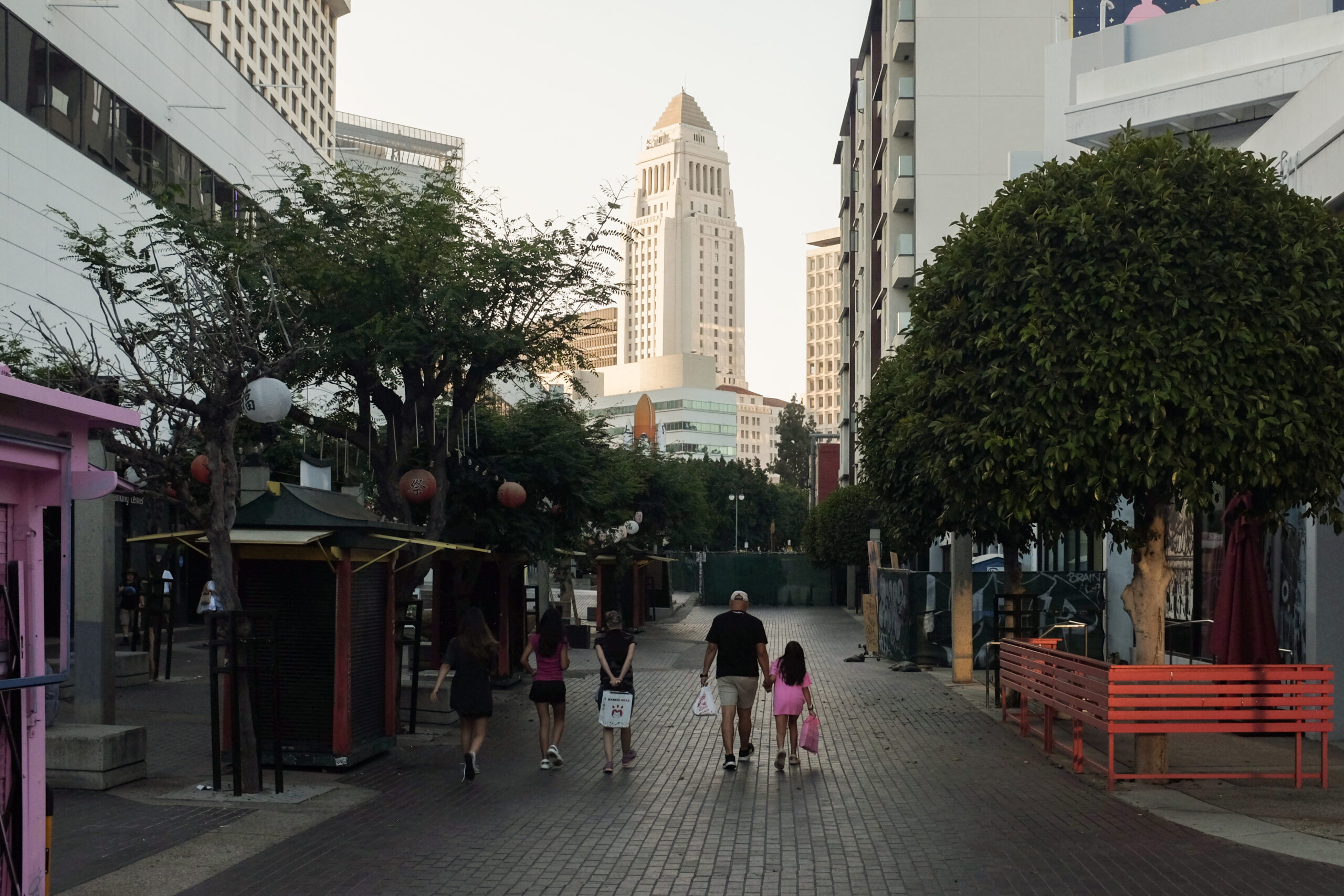


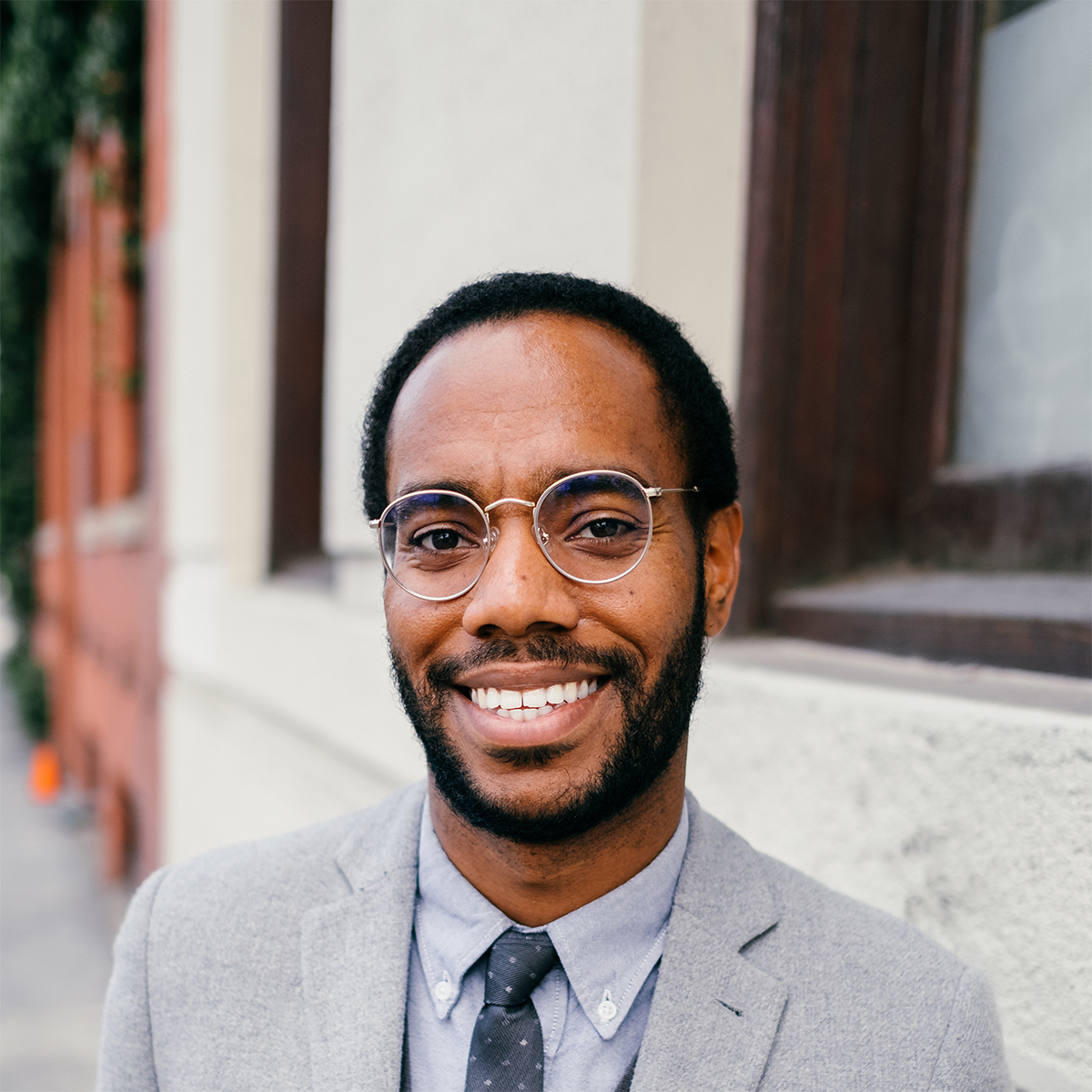
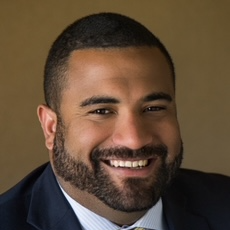
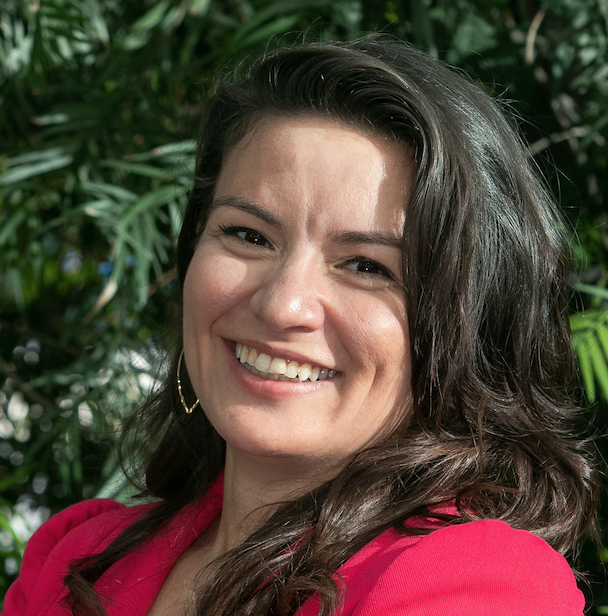
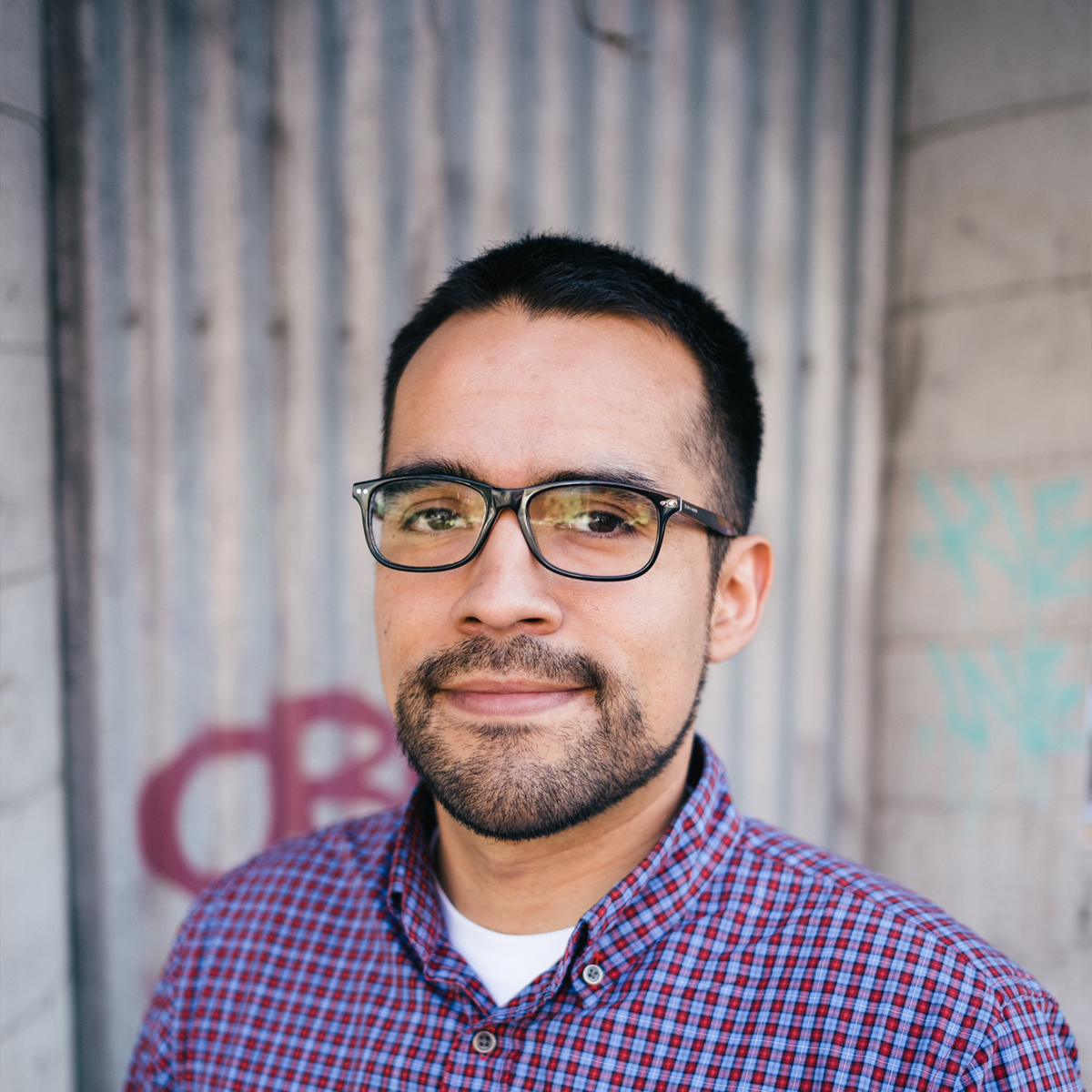

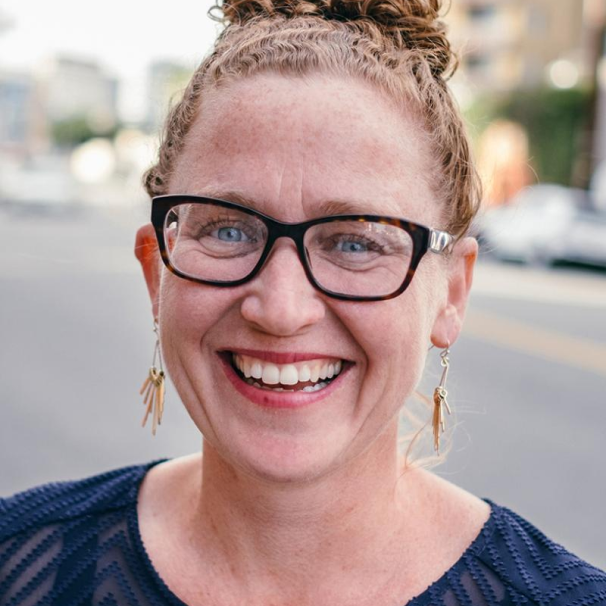
You must be logged in to post a comment.